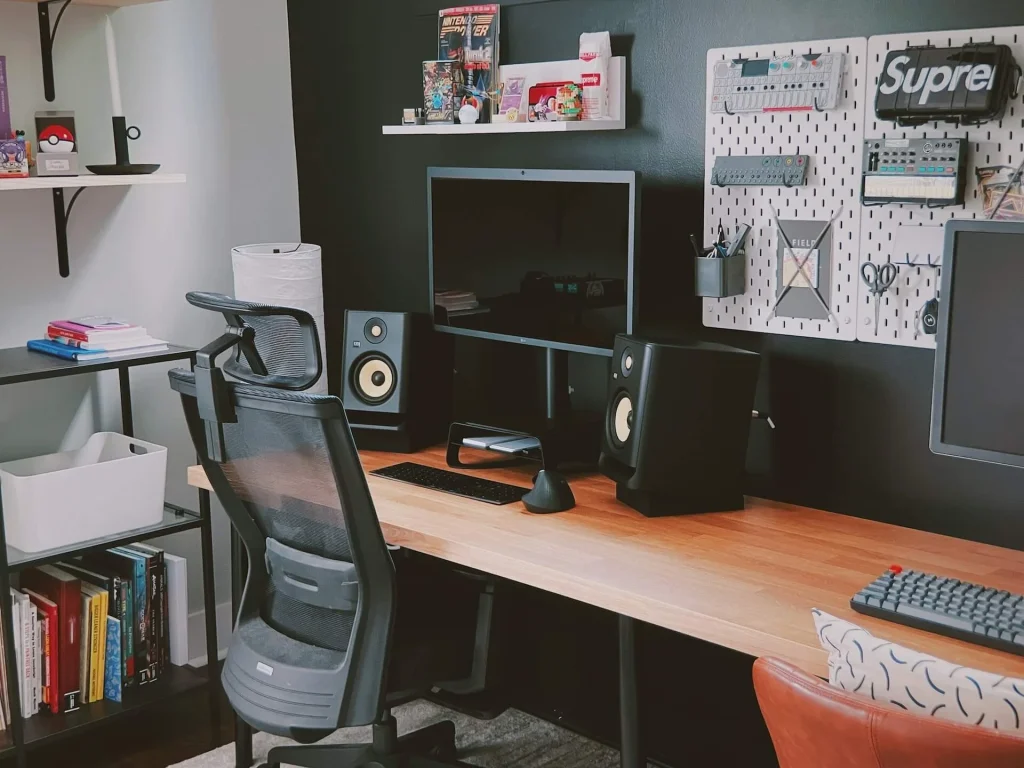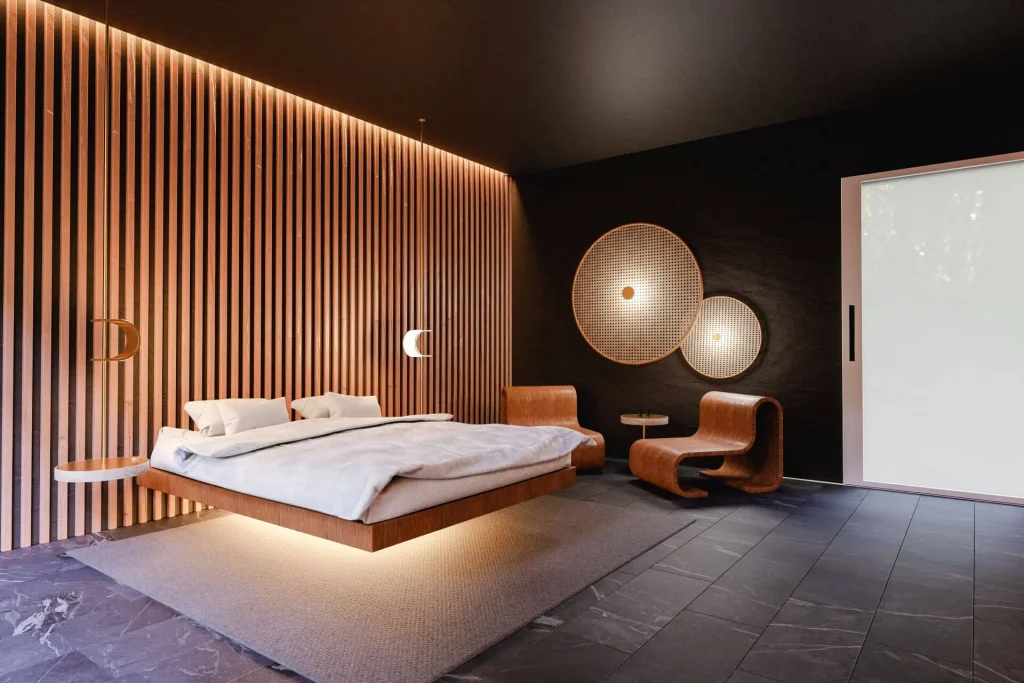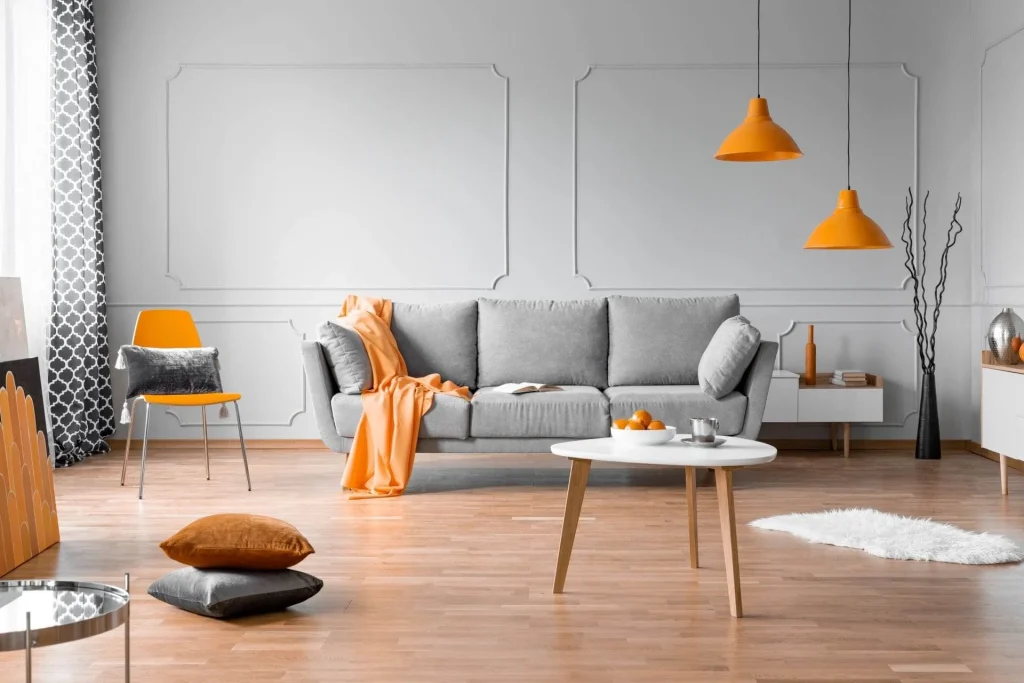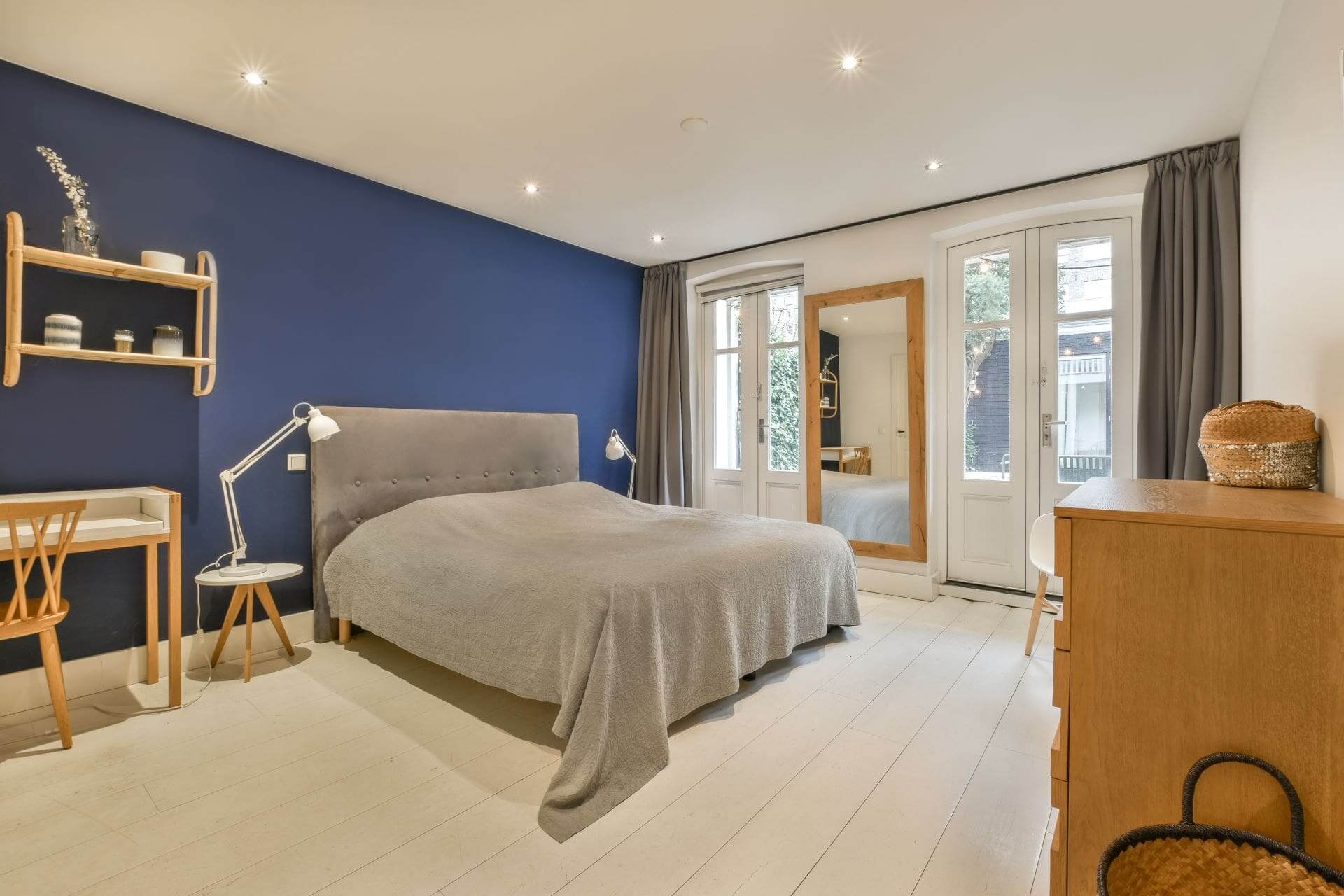Making a space that is both aesthetically pleasing and individualized is essential when it comes to interior design. The idea of an accent wall is one trendy design element that has received a lot of attention lately and will look good on your Cavite house and lot. With the help of this design feature, people can give a room a striking feature that quickly changes the way it looks and feels.
What is an Accent Wall?
A single wall in a space that stands out from the other walls due to its unique design or color is referred to as an accent wall or feature wall. It acts as a focal point, grabbing people’s attention and generating curiosity. An accent wall’s function is to draw attention to certain architectural characteristics or ornamental components while bringing depth, texture, and personality to a room.

Types of Accent Walls
If owners want their accent feature to have the intended impact, they must choose the appropriate wall. Usually, the wall facing the main dining area or the one farthest from the entrance is the best option. This placement guarantees that the accent wall will become the room’s focal point and draw attention as soon as visitors enter.
- Use repurposed wood, brick, stone, or wallpaper to create a tactile and distinctive surface for your accent wall. By adding depth and dimension, adding texture improves the room’s aesthetic appeal.
- A wall with a bold color to serve as an accent may instantly infuse life and personality into a plain space. Pick a color that contrasts sharply with the present color scheme while also complementing it.
- Use hand-painted, stenciled, or wallpaper patterns to add personality and originality. To prevent dominating the space, keep the decor in harmony.
The Benefits of Having an Accent Wall
Accent walls are popular in interior design because of their ability to change a space and make a statement. They make a statement by standing out through color, texture, or pattern, giving a space style and impact. They have several advantages and improve the atmosphere. Here are some benefits.
An accent wall acts as a visual focal point, drawing the eye and enhancing the appeal of the space. It reflects your uniqueness by fusing personality and style. Makes the room more dynamic by adding depth and dimension through color, texture, or patterns. Accent walls attract emphasis to components like fireplaces or shelving units, enhancing architectural characteristics. They provide flexibility and cost-effectiveness without requiring a total overhaul and are simple to update and adjust.

Best Color Combination for an Accent Wall
The overall color scheme of the room, the desired mood, and the existing furniture are just a few examples of the variables that influence the choice of color combination for an accent wall. Here are some common color schemes for accent walls:
- Remain faithful to various tints and shades of a single color. For instance, different tones of gray or blue. This produces a chic and polished appearance while enabling owners to experiment with depth and texture within the same color family.
- Choose hues that are close to one another on the color wheel, such as orange and yellow or blue and green. This results in a unified appearance that is appropriate for a calmer, more laid-back setting.
- Colors that are opposite each other on the color wheel, such as blue and orange, purple and yellow, or green and red, are said to be complementary. This gives the room a high-contrast appearance and adds brightness.
- Pick an accent wall color that is a couple of tones darker or lighter than the walls around it. This gives the area more depth and dimension while yet having a subtle but visually fascinating effect.
- Choose a neutral hue for the majority of the walls, like beige, gray, or taupe, and then add a bright and lively color as the accent wall. This produces a stark contrast and adds a focal point.
Do’s and Don’t’s on an Accent Wall
Do’s on an Accent Wall:
- Choose a wall that naturally draws attention.
- Consider the room’s overall design.
- Use high-quality paint or wallpaper.
- Experiment with color, texture, or pattern.
- Create balance by incorporating elements from the accent wall.
Don’ts on an Accent Wall:
- Overdo multiple accent walls.
- Use clashing colors or patterns.
- Neglect lighting considerations.
- Forget about scale and proportion.
- Ignore personal preference.

Best Accent Wall Ideas for Your Home
Bold hues like deep red, electric blue, or rich emerald green immediately amplify the sense of drama and vitality in the space. A gorgeous and modern accent wall can be made by incorporating geometric designs in wallpaper, paint, or stencils. The accent wall becomes an intriguing focal point when textured surfaces like reclaimed wood panels, exposed brick, or textured wallpaper are used. The accent wall is transformed into a sophisticated focal point with statement wallpapers with elaborate patterns, botanical prints, or metallic embellishments.
The accent wall can be transformed into a piece of art with murals or wall decals that include nature sceneries or abstract designs, while a gallery wall enables owners to show off their own artwork and pictures. Mirrored accent walls reflect light and give the impression of space, making them perfect for confined areas. Functional and fashionable accent walls with shelving offer useful options for storage and display. The accent wall gains depth and visual interest thanks to the eye-catching gradient created by the ombre effect. Gold, silver, or copper-toned metallic embellishments provide a sense of glitz and elegance to the room while reflecting light and complementing the overall design.
The Golden Rule of Having Accent Walls
Less is more is the Golden Rule of Accent Walls. To maintain equilibrium and aesthetic harmony in a Cavite house and lot home, utilize accent walls sparingly and with restraint. Instead of overstuffing the room with accent walls, pick one or two places that will make a statement and improve the design as a whole. By adhering to this guideline, owners can make sure that the accent wall is actually noticeable and makes a statement without dominating the space.
Read more: Understanding the 60-30-10 Rule


